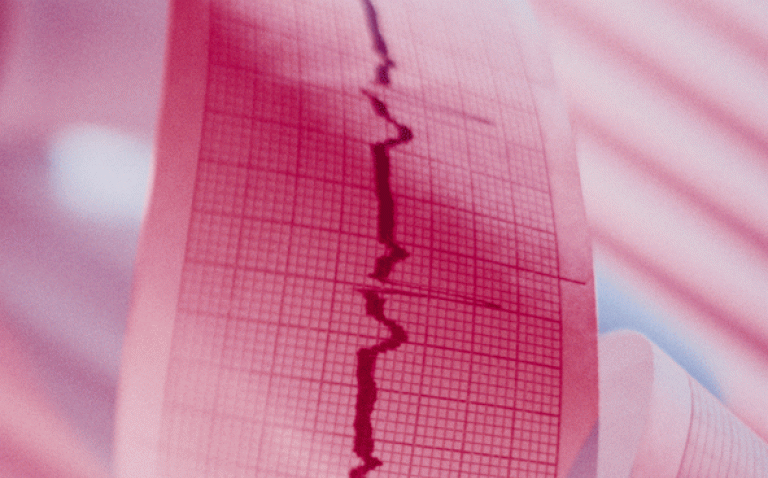Software to synchronise the movement of a patient’s heart with a surgeon’s eye is being developed to help make cardiac operations far easier to perform.
The technology, which can “still” a beating heart, will allow doctors to operate robotically without the trauma of carrying out a bypass.
Health Minister Lord Ara Darzi of Denham, a keyhole surgery pioneer, is involved in the project, which will be ready for clinical use within 18 months.
Professor Darzi described the advance, which is being developed with a software scientist at Imperial College London, in a discussion on the future of surgery at The Times Cheltenham Science Festival yesterday evening (03.06.09).
The software will work by coordinating the movement of the heart with the surgeon’s eye as it continually refocuses on the organ, making it appear still.
With cardiac surgery, such as a coronary bypass, the heart is normally stopped and a heart-lung bypass machine is used to oxygenate and circulate blood during the procedure.
However, operating on a beating heart helps to reduce the risks of damage to heart muscles and neurological injuries, such as stroke and memory complications.
The algorithms developed by Professor Darzi and Guang-Zhong Yang, a computer scientist at Imperial, involve using cameras to track how a surgeon’s eyes refocus on “fixation points” as the heart expands and contracts.
Using the changes to the eye as focus shifts, scientists can determine “depth perception” and precise dimensions of the moving heart. With all elements effectively moving in the same rhythm, the surgeon sees the organ as if still.
Professor Darzi said that “motion compensation” meant that even the complex movement of soft tissue could be tracked.
“It is like looking out the window of a car driving at 70mph and seeing another car travelling alongside at the same speed, and apart from the wheels, it has the appearance of being stationary,” said Professor Darzi.
“It allows surgery to be carried out more effectively and precisely.”










